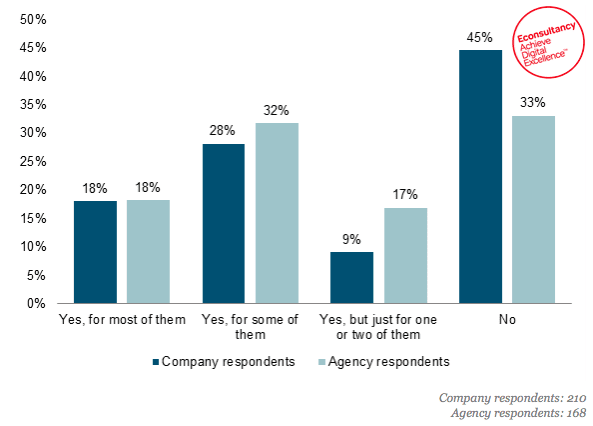In this digitally enhanced, always on and increasingly transparent world, brands that are not embracing customer centricity are likely to face more and more issues. Customer centricity is important for three major reasons (hopefully not restating the bleeding obvious):
- the balance of power has swung back toward customers, who now have access to more people in the company and can amplify their feelings and experience into their own networks
- the Internet & mobile technologies have disaggregated and muddied the channels, making company’s organizational structures (especially those arranged via channels) outdated and, thus, in need of rethinking
- fostering long-term loyalty of your customer base is, not only more meaningful for all concerned in itself, it is more profitable.
Making customer centricity a reality
Getting the company to rally around the customer is no mean feat. It is especially challenging for businesses that have matured and been organized around a channel or their products. It is also difficult when the executives are formatted and incentivized as individuals and/or operate in silos. Some companies will even suffer from the gamut of these issues. A central organizing principle that represents the most significant way to navigate this change is to create a single customer view. {Please tweet ♺!} Yet, as much as top executives will intellectually understand this notion, most organizations will struggle to make this happen.
The many challenges to overcome
Companies, and the managers leading the charge, are faced with a number of issues, such as:
- data ownership
- dispersed and unstructured data
- dirty data (old or not matching)
- system incompatibility
- and, most penalizing, an unfamiliarity with the customer
The imperious importance of customer service
If customer centricity is the objective, then customer service becomes imperiously important in the equation. Any customer centric ‘initiative’ that doesn’t have an obsessive intention to have the best customer service will inevitably fall on its face. {♺!} As my recent experience with British Airways attests, excellence in customer service cannot be the sole remit of the customer service department. The entire organization needs to be behind the CS representatives, who must be empowered and emboldened to serve the customer according to the context, as opposed to the script. {♺!}
Voice of the Customer
As an integral part of a healthy customer centric approach, many companies have been implementing a Voice of the Customer “programme.” It can certainly help bring the customer perspective into the fold. However, these programmes cannot be just a mask for the customer. Whether it is the famed “empty chair” that Jeff Bezos mythically has in the room to represent the customer or a twitter wall with customer feedback at the reception, getting an organization to materially organize itself around the customer is a tall order. Not the customer always knows best and is always right, but when a CEO truly believes and acts in the customers’ best interests, there is a far higher chance that the customer will be given a superior option and service than the competition… and that is where we sort the winners from the losers. {♺!}
Bottom line: In order to navigate this tumultuous, channel-twisting environment, the guiding principle of customer centricity can be the best lightning rod. {♺!}













[…] into the wall.” Right here is a classic case of demonstrating that AO is not truly customer centric. Why on earth would they just assume we live on the ground floor? It seems that there is a complete […]
[…] into the wall.” Right here is a classic case of demonstrating that AO is not truly customer centric. Why on earth would they just assume we live on the ground floor? It seems that there is a complete […]
Very informative article!! Customer-Centricity not only helps to build trust and loyalty of customers but also built a reputation. It increases the probability of positive word of mouth and at the same time reduces all friction between customers and employees. Here are some posts that can be considered for a better picture; https://www.navedas.com/customers-love-lose/ and https://www.livechatinc.com/blog/the-benefits-customer-centricity/